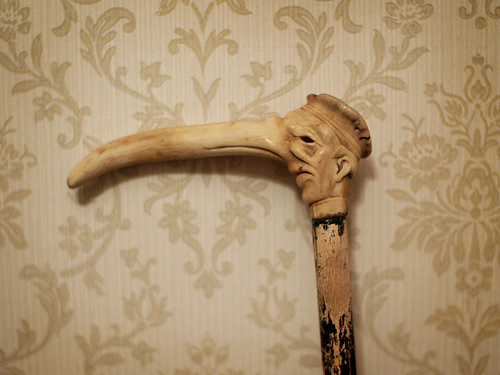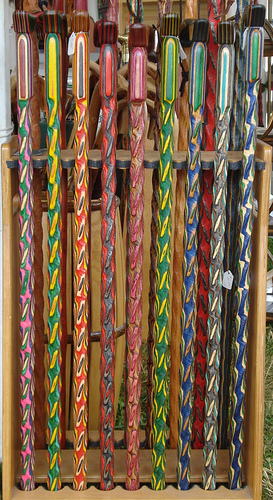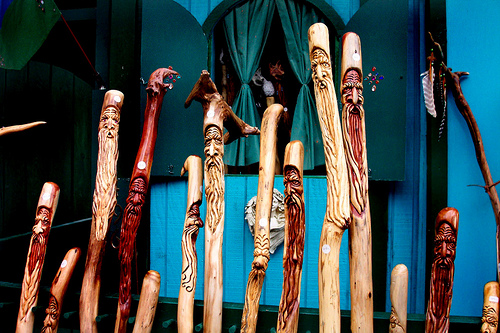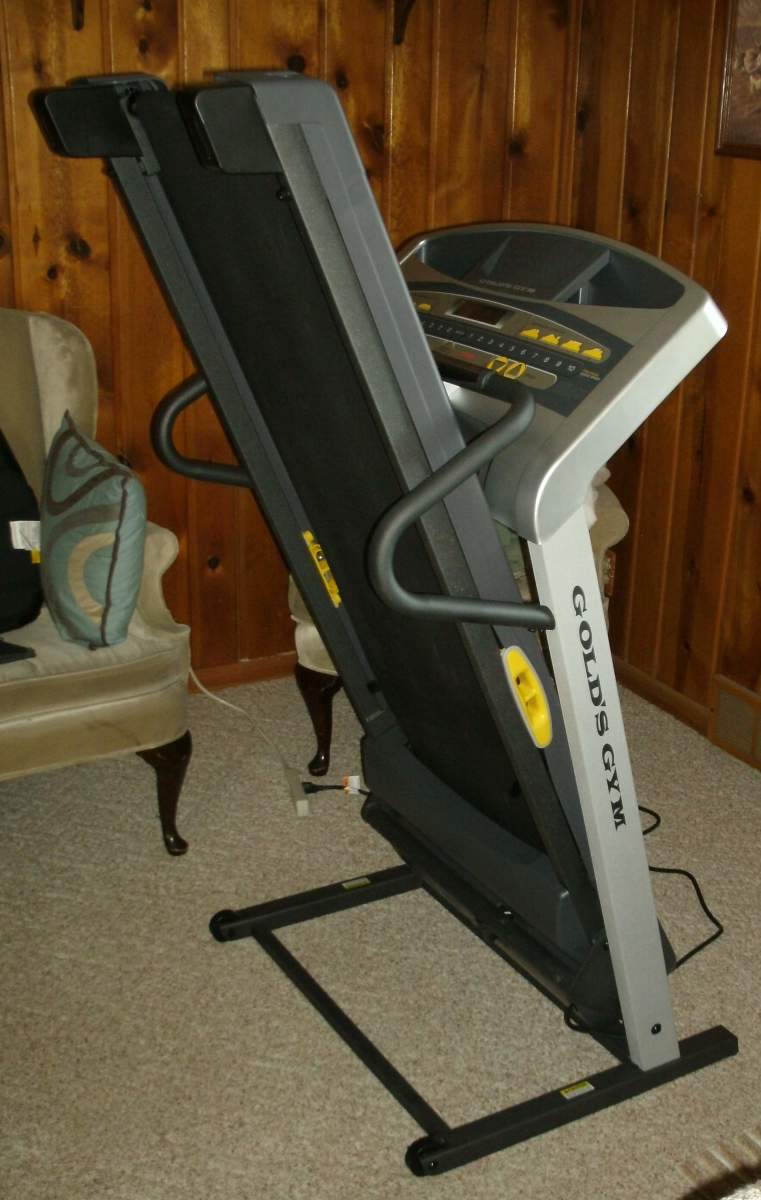Walking Sticks and Walking Canes
Walking Sticks and Canes
Walking sticks are probably one of the oldest tools humans have used, partly because of their simplicity and partly because of their usefulness. Most of us will at some point have seen an image of a wizzened old monkey walking with the aid of a stick or cane, or perhaps a recreation of a prehistoric ape using a stick to help it take it's first wobbly upright steps. So, canes are as old as we are and indeed, a walking stick in its simplest form is really just a sturdy branch from a tree, readily found pretty much anywhere.
Nowadays, walking sticks and canes aren't really used as fashion accessories and really aren't a part of modern attire, but it wasn't always like this - back in the 17th to 18th century, rigid sticks became de-riguer parts of a gentleman's daily attire. Primarily, these were used as walking sticks, but they also took over from the general use and carrying of swords to aid in protection - a walking stick properly wielded can make a formidable weapon. In fact, the walking stick or cane was so popular at the turn of the twentieth century that volumes were written on using one for self defense.
Walking sticks these days are more commonly seen used as mobility aids, either for older people who are finding it more and more difficult to walk or people who have been in accidents and have an injury which makes it difficult or painful to walk. So, you're more likely to see your old gran walking with one and then maybe jumping on her starlift than for example a dapper man about town going to theatre. Unless of course it is Dr House - the TV doctor we all love. Who can forget his 'bitchin cane' with flames? The other group that makes heavy use of walking sticks are hikers. Often they will use a Nordic Walking Stick that looks somewhat like a ski pole to help give them balance and aid them in their hiking.



Getting your stick or cane the correct length
How long your walking stick is is entirely dependent on your main use for it. In general when you are using a stick for hiking out in the countryside, you would want something slightly longer than for general use on the high street. A hiking cane could be as tall as your elbow, whereas a cane used on the street is more likely going to be about as tall as your wrist. Of course the most important thing is that your stick is comfortable for you so you should use these as guidelines only and tailor a stick to your requirements.
Difference between a Cane and a Walking Stick
Traditionally, walking canes have a curved or crooked top much like a shepherd's staff (another of the world's great walking stick users) and despite their name are not usually made of cane, though they were originally. Canes have been popularised by many movies and song and dance acts like Fred Astaire and I'm sure we all have an image of a gentleman walking the streets with a good cane in his hand. Canes these days might have hollowed out compartments in which to hide a flask of whisky (or beverage of your choice). Some more elaborate designs will even conceal a sword or knife - the former is often called a swordstick which was very popular in Europe in the 18th and 19th century. Be careful when choosing your stick if you are getting one with a concealed weapon because it may be illegal in your country or state. Though the craftsmanship on these types of sticks can be incredible, really in this day and age, they are more suitable for a collector than someone who is using his walking stick on a daily basis. Of course thehollows in a cane can be used to carry all sorts of different things these days, from concealing spare cash through to holding pills and even maps or a compass, though the latter is more likely to be embedded in the head of the stick.
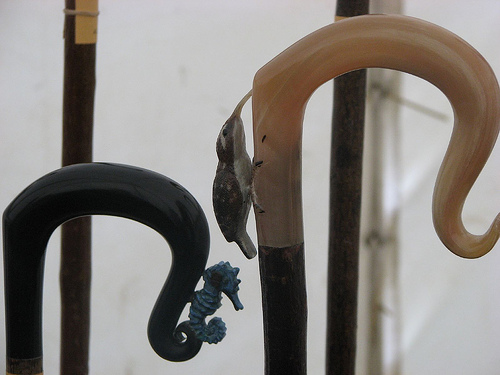
Walking sticks and canes in Literature
Canes in literature - you'll find walking sticks dotted around literature all over the place, but I don't think there can be any doubt that nothing can compare to Walking-Stick Papers by Robert Cortes Holliday for it's examination of the cane in all its forms. Just dipping into this book is a pleasure, and it has about it an old world charm to the writing. For example, the book starts off
Some people, without doubt, are born with a deep instinct for carrying
a cane; some consciously acquire the habit of carrying a cane; and some
find themselves in a position where the matter of carrying a cane is
thrust upon them.
Now, who wouldn't want to read a book like that?
While bespoke and antique walking sticks and canes could set you back a fair chunk of pocket change if you decided to buy one, most walking sticks are very affordable.
Specialist Walking Sticks
Pretty much any straight stick could be considered a walking stick or cane, but as in all things, there are many different kinds of sticks and canes that have been created, and all for different purposes. There are many different kinds of sticks, but I'll just cover a few of the more specialised ones here
Pace Stick - The pace stick is a special kind of walking stick that is usually carried by military personnel in the British armed forces. A pace stick is actually two sticks that are hinged and can be set like a pair of compasses. This sets the length of pace or step to be followed. The pace stick can also be twirled as a march goes on so that it looks like it is walking next to the officer holding the stick.
Wading Staff - A wading staff is usually used by anglers and fisherman to help them keep their balance while wading into water. They usually have a detachable loop that is wrapped around the wrist when in use and a rubber ferule on the bottom which helps probe the river and keeps the angler informed as to the depth of the river he or she is fishing in. Because wading staffs are used in deep water, they are usually taller than a normal or even hiking stick and often come up to shoulder height
Knobkiri - A knobkiri is a special stick used in Africa - usually this stick has a knob or ball on one end and is a fairly short stick. While it can be used for walking and general use, it has morphed into more of a weapon where the end of the knob is used to hit someone. This transformation from a walking tool into a weapon is very common and can be seen in many different types of staffs such as the western quarterstaff or the staffs used in eastern martial arts which almost certainly began life as walking aids for nomadic people and monks who would hike a lot
Ceremonial use of staffs and sticks
Staffs and sticks have of course been used in ceremonies in all religions around the world, and staffs can be very ornate indicating rank and power of the holder. Indeed, you will see staffs being used in the church as well as religions is the east such as Buddhism. In Christianity, a Bishop's stick is usually adorned with a silver grip at the top, though it is not really used in a service anymore except in that a bishop will usually carry their walking stick in to the church at the start of the service and hand it to one of the alter service to look after. And of course we cannot forget the staff turned magical artefact such as the staffs used is the Lord of the Rings and many other science fiction and fantasy tales. Almost every good magician has been shown with a staff at some point.

